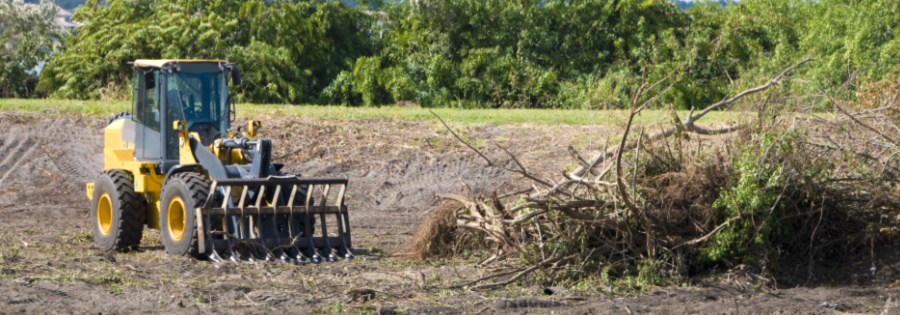RCA has recently made submissions on state legislation governing public lands, and the clearing of native vegetation.
On public lands, our view is that the proposed amendments would make it easier for the state to sell public lands, either to private interests or to local governments. We don’t support this direction. Public lands should remain public.
We commented:
‘Our view is that Crown land should be kept in public ownership. Individual purchases should only be consider in exceptional circumstances.’Our view is that Crown land should be kept in public ownership. Individual purchases should only be consider in exceptional circumstances.
We have no objection to publicly owned agencies and authorities looking to purchase Crown land, under the proviso that it remains public land and is not sold off.
There are many ways of valuing land. Crown land will be valued by connected First Nations groups under culturally-directed uses. Land that is seen as degraded may be environmentally important, or important for community uses. Crown land should remain in public ownership.
Public land should be open to the public, as the default position, unless clear damage likely to occur.
Ministers should be required to consult with the communities which have direct connections to the publicly owned land.
The framework for the management of Crown land must secure their management in public hands. Key stakeholders are the communities which have direct links to Crown lands in their areas. Most importantly, First Nations groups with connections to specific Crown land must be have a clear and authoritative voice in the management of that land. We are opposed to revocation of public land in any form, except for exceptional circumstances. The regulations should be framed to achieve these goals. Currently they are not so framed and we do not support the changes proposed.’
On native vegetation, our view is that the proposed amendments were likely to make clearing of native vegetation easier. The framing of the Act on the determination of ecological value ignores well-established scientific knowledge on landscape ecology. We need restoration of native vegetation, well-connected across landscapes, not more clearing.
We commented:
‘We are providing a general comment on these proposed amendments, and particularly on those relating to substantially intact native vegetation (6) and significant environmental benefit (8). These provisions are framed almost exclusively in terms of individual native vegetation units. The determination required is whether a particular contiguous unit of native vegetation is to be regarded, for the purposes of the Act, as ‘substantially intact’ or as providing, if cleared, ‘significant environmental benefit’.
It is well-established in the scientific literature that in modified landscapes, such as those of the south-east district, and for the most of the state, the relationship of a particular unit of native vegetation to the pattern and nature of native vegetation in the landscape in which it is embedded is critical to assessing its ecological value. Thus a definitive statement by Australian researchers* lists the following pattern-based management strategies for mitigating the decline of species and species assemblages in these landscapes:
– maintain and/or restore large and structurally complex patches of native vegetation
– maintain and/or restore a matrix that is structurally similar to native vegetation
– maintain and/or restor buffers around sensitive areas
– maintain and/or restore corridors and stepping stones
– maintain and/or restore landscape heterogeneity and capture environmental gradients
Lack of consideration of this landscape context dimension provides a loose framework of clearing justification that has historically led to over-clearing in this state on a massive scale, particularly in our district.
We recommend that this landscape dimension of all native vegetation units under consideration be explicitly spelled out in the wording of the amendments, to ensure that it is front and centre in the assessments of native vegetation being made under the Act.’
* Lindenmayer, D & Fischer, J (2006), Habitat fragmentation and landscape change: an ecological and conservation synthesis, Washington: Island Press.


Leave a Reply